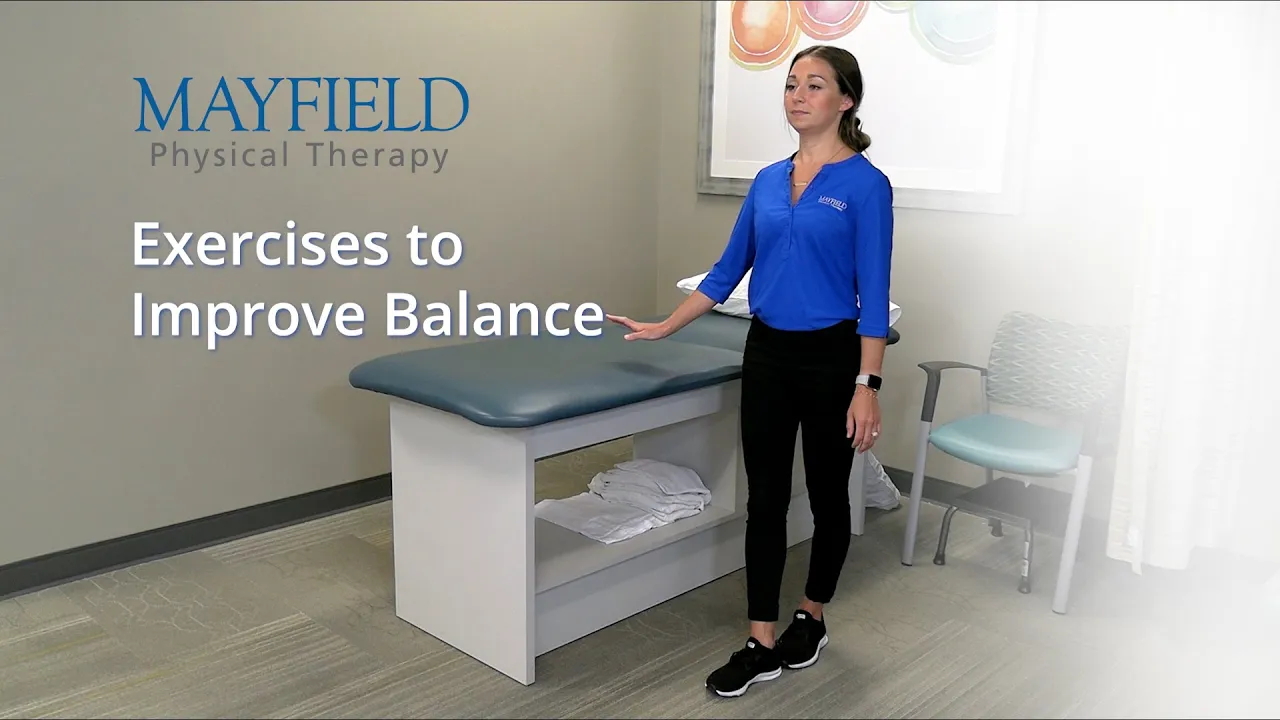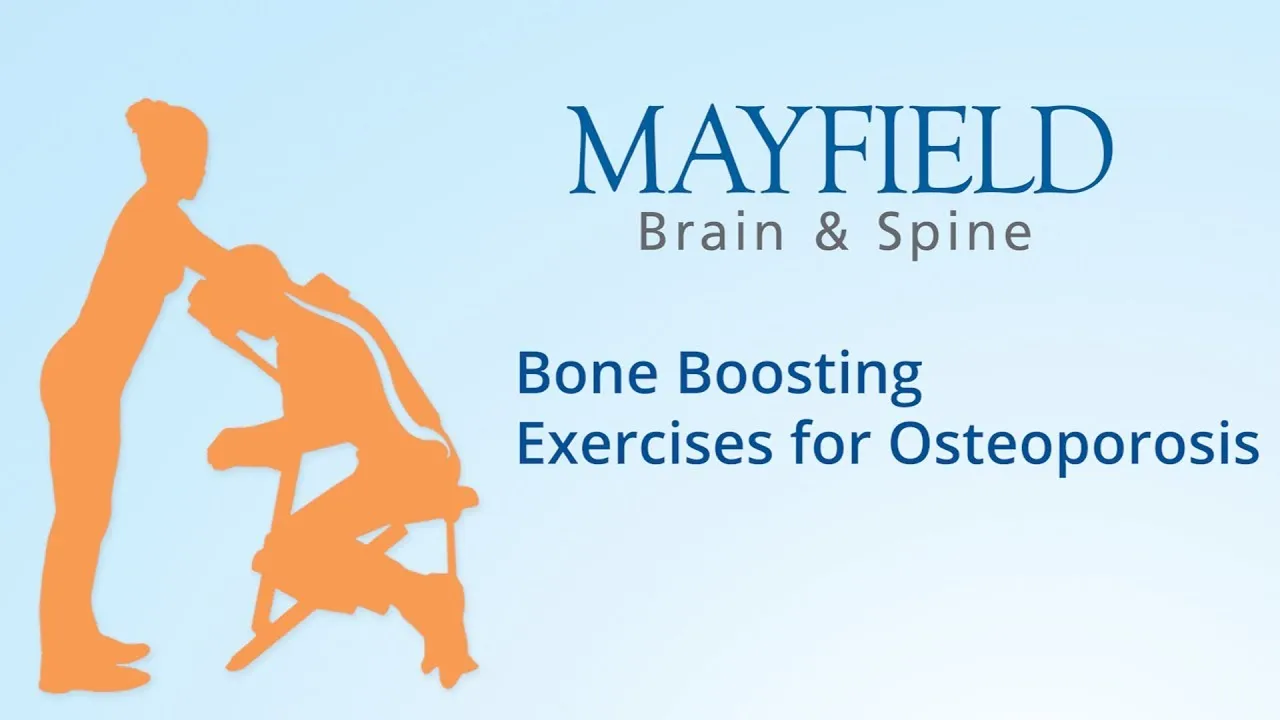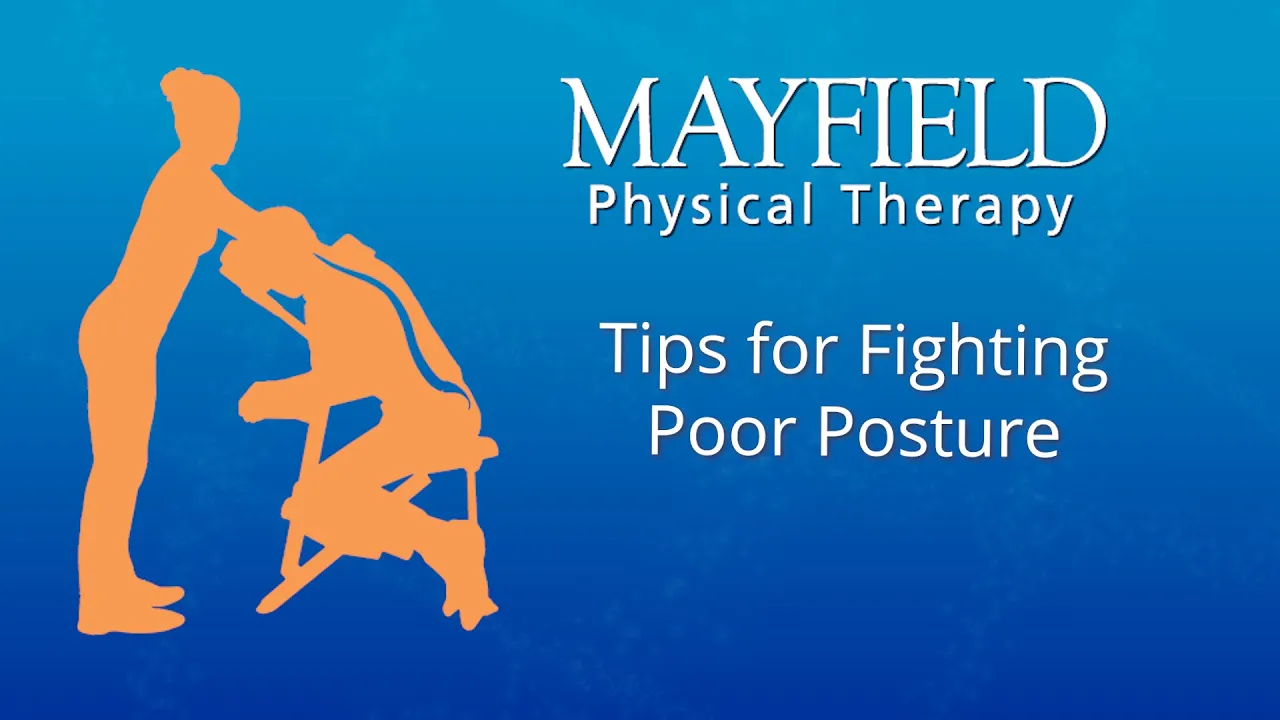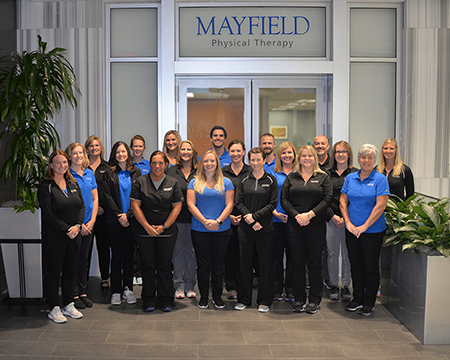Mayfield Physical Therapy
Spine-only physical therapy: Bridging the roads to recovery
Whether you are preparing for spine surgery, recovering from spine surgery, or hoping to avoid spine surgery altogether, your road to healing likely will include physical therapy (PT). Mayfield's experienced team provides the custom-therapies you need no matter where you are in your continuum of spine care. And unlike other PT centers that are sports-medicine focused, we specialize in spine and neurologic rehabilitation.
Mayfield physical therapists and physical therapist assistants see patients at all of our locations in Cincinnati, Dayton and Northern Kentucky. Because they serve spine patients only, they are specialists in providing consistent, high-quality care that is specific to each patient's needs.
Physical Therapists
Tammy Battson, PT
Samantha Bradford, PT, DPT
Lisa Cleveland, PT
Megan Connett, PT, DPT
Cheyenne Dunseith, PT, DPT
Jordan Earlywine, PT, DPT
Allie Hufford, PT, DPT
Luke Iding, PT, DPT
Lisa Johnstone, PT
Kimberly Kallick-Taylor, PT
Kyle Leiter, PT, DPT
Rebecca Metz, PT, DPT
Debbie Moesle, MPT
Courtney Niesen, PT, DPT
Amanda Osborne, PT, DPT
Shelly Rizzo, MPT
Audra Roden, MPT
Alpa Sawnani, MPT
Jenna Till, PT, DPT
Physical Therapist Assistants
Emily Begley, PTA
Matthew Bowser, PTA
Rachel Burgess, PTA
Jennifer Dantzler, PTA
Taylor Fair, PTA
Joshua Jackson, PTA
Brandee King, PTA
Michael Kunz, PTA
Rachle Linville, PTA
Kelly Mirus, PTA, ATC
Jill Nauroth, PTA
Nichole Nieman, PTA
Logan Pangallo, PTA
Laurie Ranne, PTA
Dave Stover, PTA
Ashley Wales, PTA
Treatments range from strengthening exercises to therapeutic ultrasound to dry needling. If physical therapy and other conservative treatments do not resolve the problem, your therapist will notify your physician so that further treatment options can be discussed.
Patient stories
Videos from Mayfield Physical Therapy
Cupping Therapy
Proper Lifting Technique
Dry Needling











